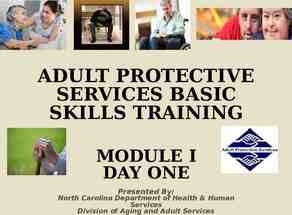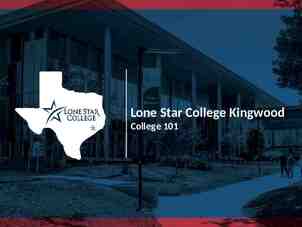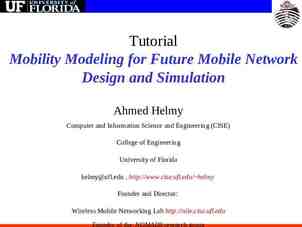Breathing & Gas Exchange Do Now activity: 1. Identify some of
18 Slides710.52 KB

Breathing & Gas Exchange Do Now activity: 1. Identify some of the organs involved in the gas exchange system in the human body. 2. Discuss with your partner what function of some of these organs might be within this system 3. Explain why organisms need an efficient gas-exchange system

Progress indicators GOOD PROGRESS: - To label the main organs in the gas exchange system - To describe the events that take place during inhalation and exhalation OUTSTANDING PROGRESS: - To explain the major adaptations of an efficient gas exchange system

https://www.youtube.com/watch?v 8NUxvJS- 0k Task: Answer the following questions: 1. When your breathe in, where does oxygen eventually get transported to? 2. When you breathe in air, what happens to the: a) diaphragm: b) Intercostal muscles: 3. What structure is held at the end of the bronchioles? 4. What is wrapped around the alveolus? 5. What gas passes out of the blood and into the alveolus for us to breathe out?

Self-assessment: 1. The oxygen firstly gets transported to your heart and then it is delivered to respiring cells in the rest of your body. 2. a) The diaphragm contracts, lying flat b) The intercostal muscles contract, this pulls the rib cage up and out. (Both of these actions increase the volume of the thorax which lowers the thoracic pressure, meaning air rushes in from outside, down a pressure gradient). 3. Alveoli are found at the end of bronchioles. 4. Around the alveolus are capillaries, carrying deoxygenated blood to the lungs and oxygenated blood away from the lungs. 5. Carbon dioxide gas is brought back to the lungs by the blood, away from respiring body tissues. This waste gas diffuses into the alveoli and we breathe it out into the environment.

Task: You will be given some information on the respiratory system and gas exchange. You will need to use this information to complete the answers on sheet

Self-assessment: The lungs are part of the respiratory system which is adapted for two functions: ventilation – the movement of air into and out of the lungs gas exchange – the 'swapping’ of gases between the alveolar air and the blood

Tiny air sacs with a high surface area which have thin wall and a specialised surface for gas exchange. From the body To the heart Red blood cells

Task: Copy and complete the following sentences: Word Bank: You can use these more than once: Oxygen, blood, alveoli, carbon dioxide, nitrogen There are three main gases that are taken in and removed from the body, these are oxygen nitrogen carbon , and . dioxide During inhalation (breathing in) our body takes in , which is absorbed oxygen into our blood stream. This process occurs in the . alveoli out) our body removes from the During exhalation (breathing . carbon dioxide blood Extra challenge: Explain what is meant by the term ‘gaseous exchange’

Adaptations of the alveoli Task: We are going to watch a quick animation of gas exchange occurring in the alveoli, think about the alveolar adaptations which make this an efficient gas exchange surface From the body To the heart Red blood cells http://www.bbc.co.uk/schools/gcsebitesize/science/triple aqa/movement of molecules/g aseous exchange lungs/revision/3/

Task: You will need to draw this table below and fill it in using the information cards I will distribute around the room: Feature of the alveoli Large surface area Surrounded by capillaries (blood vessels) Thin wall Well ventilated How does this feature help the alveoli to carry our gas exchange more efficiently?

1. Copy this table into your books to show the percentage of air we breathe in and breathe out Gas Nitrogen Oxygen Carbon dioxide % of air breathed in 80 20 0.04 % of air breathed out 80 16 4 2. Draw a bar chart of the data above to compare the percentage of different gases found in breathed in vs. breathed out air

Task: Exam-style question: 1. Oxygen is absorbed into the blood through specialised structures called alveoli. a) What is the name of the gas that moves from the blood back out into the alveoli, in order to be breathed out? (1 mark) b) What is the name of the process by which oxygen moves into the alveoli? (1 mark) b) Give two adaptations of the alveoli that helps the rapid absorption of oxygen into the blood (2 marks) 4 marks 4 minutes Challenge yourself by closing your book and completing it from memory!

Self-assessment: a) Carbon dioxide b) Diffusion c) Any two from: - Alveoli have a very good blood supply, this maintains a concentration gradient between the alveoli and the capillaries so that diffusion of oxygen occurs quickly - Alveoli have very thin walls so the diffusion pathway is very short, this means oxygen can diffuse through the wall quickly and easily - Alveoli have a very high surface area meaning there is more space for oxygen to move across from the alveoli to the blood.

Plenary: Write a tweet about what we have learnt today! Remember: No more than 140 characters #keywords

5. What gas passes out of the blood and into the alveolus for us to breathe out? 4. What is wrapped around the alveolus? 3. What structure is held at the end of the bronchioles? a) diaphragm: b) Intercostal muscles: 2. When you breathe in air, what happens to the: 1. When your breathe in, where does oxygen eventually get transported to? 5. What gas passes out of the blood and into the alveolus for us to breathe out? 4. What is wrapped around the alveolus? 3. What structure is held at the end of the bronchioles? a) diaphragm: b) Intercostal muscles: 2. When you breathe in air, what happens to the: 1. When your breathe in, where does oxygen eventually get transported to?









